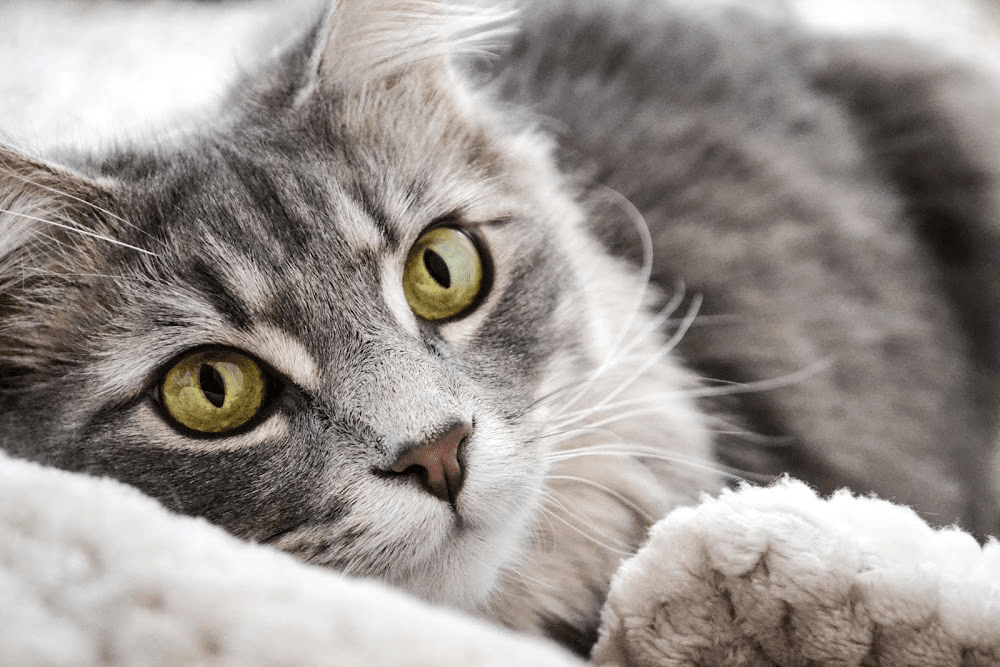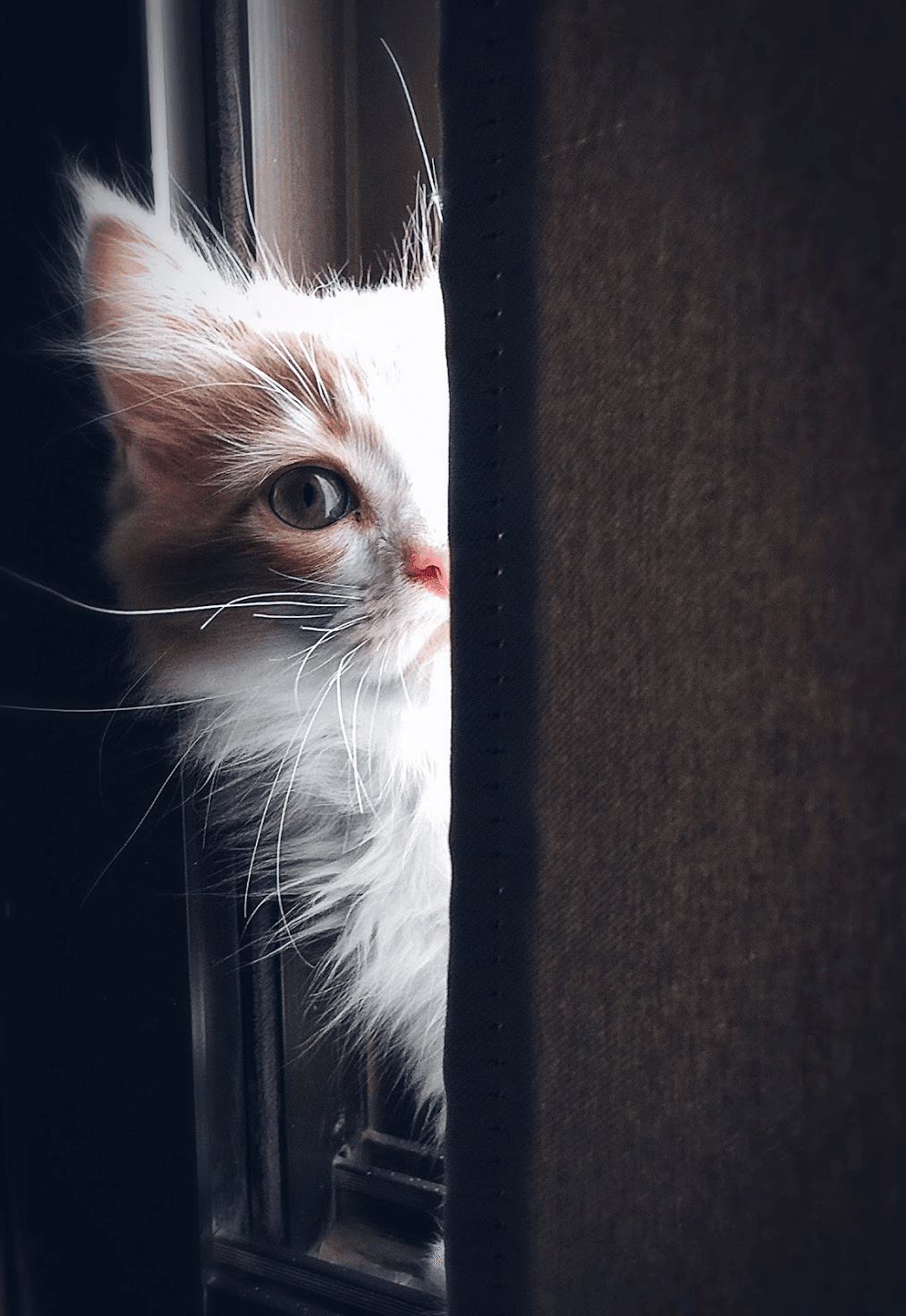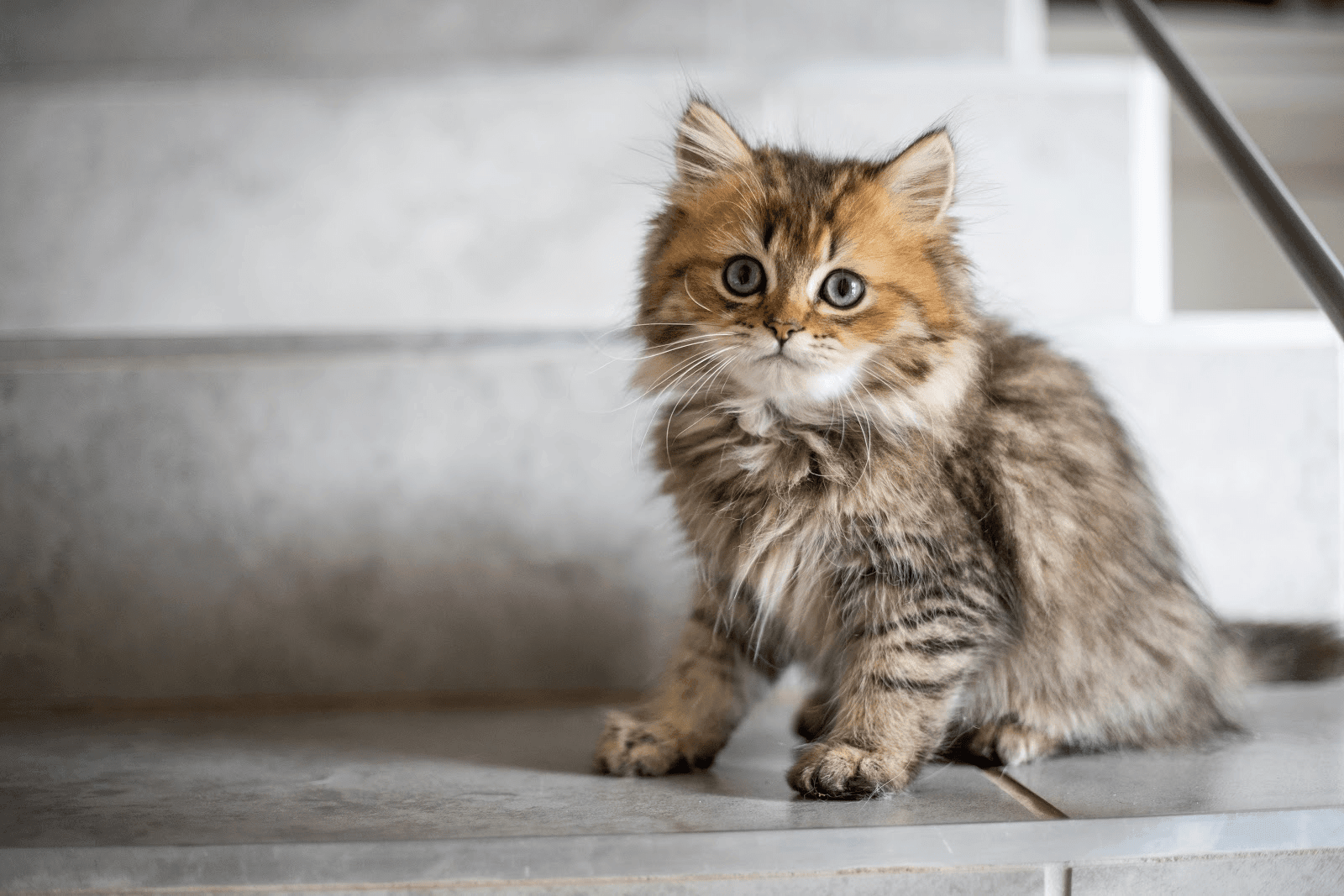CAT TOILETING

There is nothing worse than coming home or waking up to find that your cat has not used the tray AGAIN. If this was on the carpet, the couch or the bed it can end up costing you thousands.
Why do they do it?
Unfortunately, there can be many reasons such as ill-health, fear, pain, stress, preference, boredom, or something they learned (or haven’t learned) previously. You rarely meet a cat that really did it just to spite their owner, although it really feels like that if you are the human who gets to clean up!
How do we find out the causes?
It takes a lot of sleuthing, often with the help of your vet and a cat behaviourist. Answering the following questions can help to find out possible issues and causes:
Medical
Have you taken your cat to the vet and checked for a urinary tract infection or similar? Also pain can lead to stress so have your cat thoroughly checked out by your vet. This is an important starting point! How big are the puddles your cat makes? This can often indicate if it is behavioural or medical.
Behavioural causes and patterns
Does your cat have other behaviours that concern you? E.g. Night time activity/restlessness? Is there any pattern to the accidents? E.g.overnight, on rainy days, when you work late? Certain days in the week? After visitors? How often does it happen, daily/weekly?
Other cats/animals
How many other animals do you have? How much time does this cat spend with each of them? Do they get on with anyone? How many other animals is this cat exposed to (i.e. neighbours)? If you have other animals, how much time does this cat spend where they can’t be disturbed by any of them?
Environment and location specifics
Is your cat an inside and/or outside cat? Does your cat urinate on vertical surfaces? Or at doorways or windows? Describe the places they defecate outside the tray? I.e. behind the couch Where is the food and water? What do you feed the cat? How often?
Litter tray specifics
Where are the tray/s? Do they use the tray at all?
What kind of litter is in the tray? How often do you replace the litter completely? What are the dimensions of the tray and is it covered? Is it self-cleaning? How often do you clean it? What do you clean it with? What do you use to clean up his accidents?
Other questions
Does your cat play with toys? If yes, how often and with what? How long for? Who stops playing first?
Lastly, what have you tried already to fix the problem?


What to do now?
When you have answers to all of the above questions, here are some guidelines that have been proven to work well and are key in preventing toileting issues from developing:
Have at least one tray per cat plus a spare. Place them out of sight of each other. If you have a two-story home put one on each level. Choose a litter that is sandy or soil-like, most cats prefer these. Also, refer to our Litter Trays article.
Make sure food and water are a long way from the trays. We don’t eat and toilet in the same place and cats don’t like to either.
Make sure the tray is somewhere quiet, away from washing machines and other automatic or remote-controlled appliances and not in a busy area of the house.
Clean up with products that contain active enzymes, avoid ammonia products.
Keep a track of when and how much your cat is eating and drinking and when they use the tray, this will help you predict when they are likely to need to go use the tray.
Products such as Feliway may help.
If you need further help, please get in touch with us!
